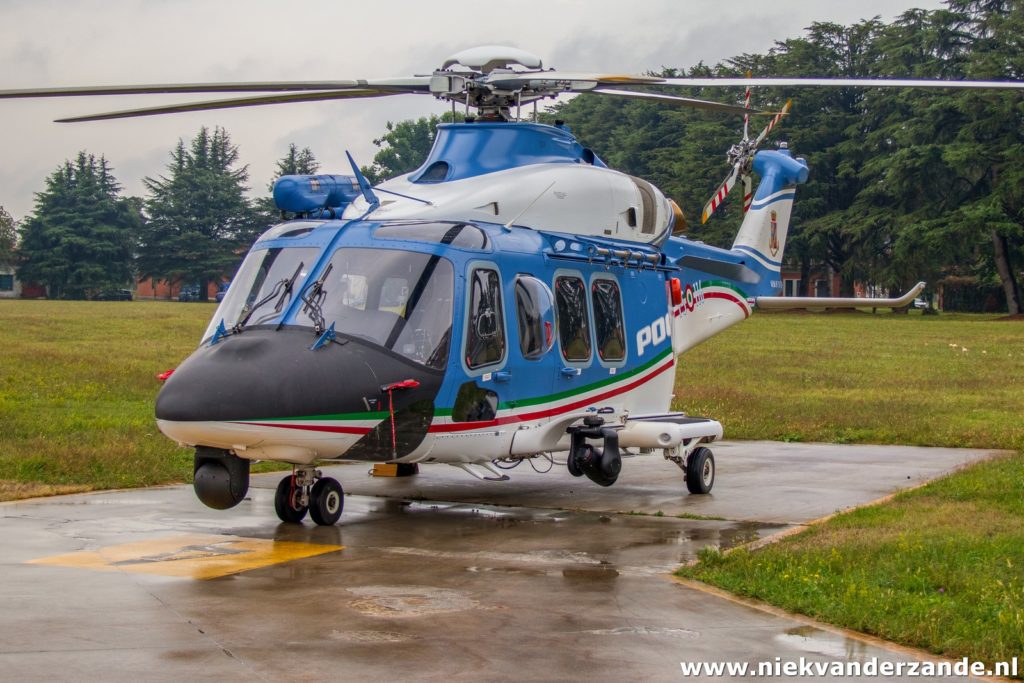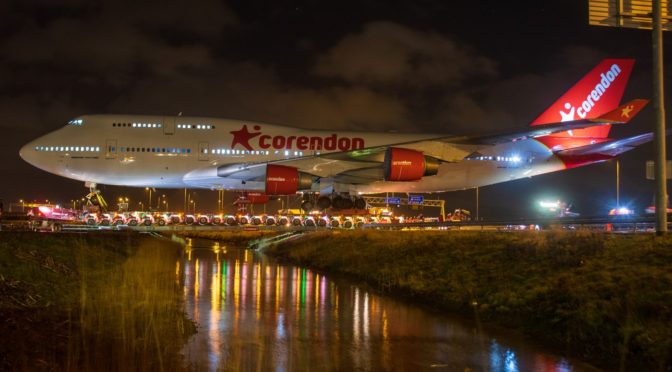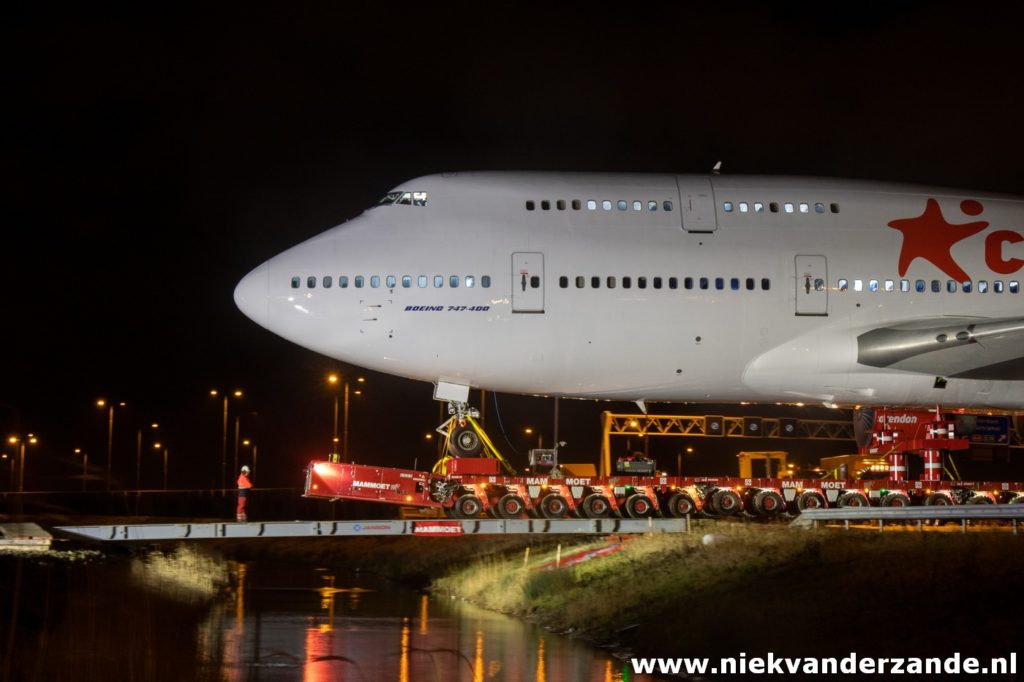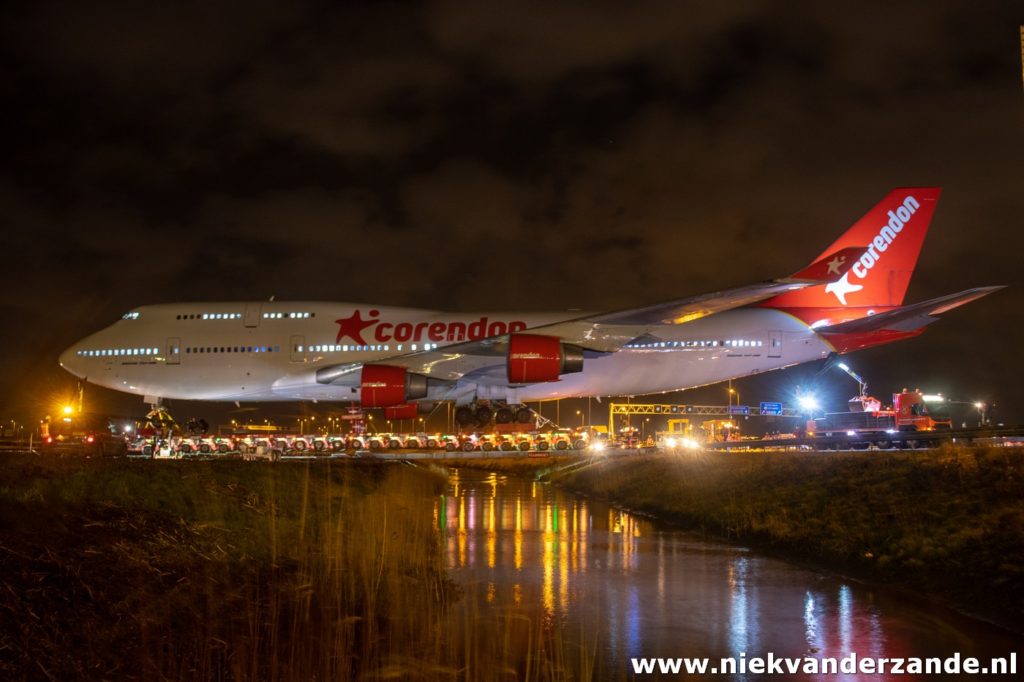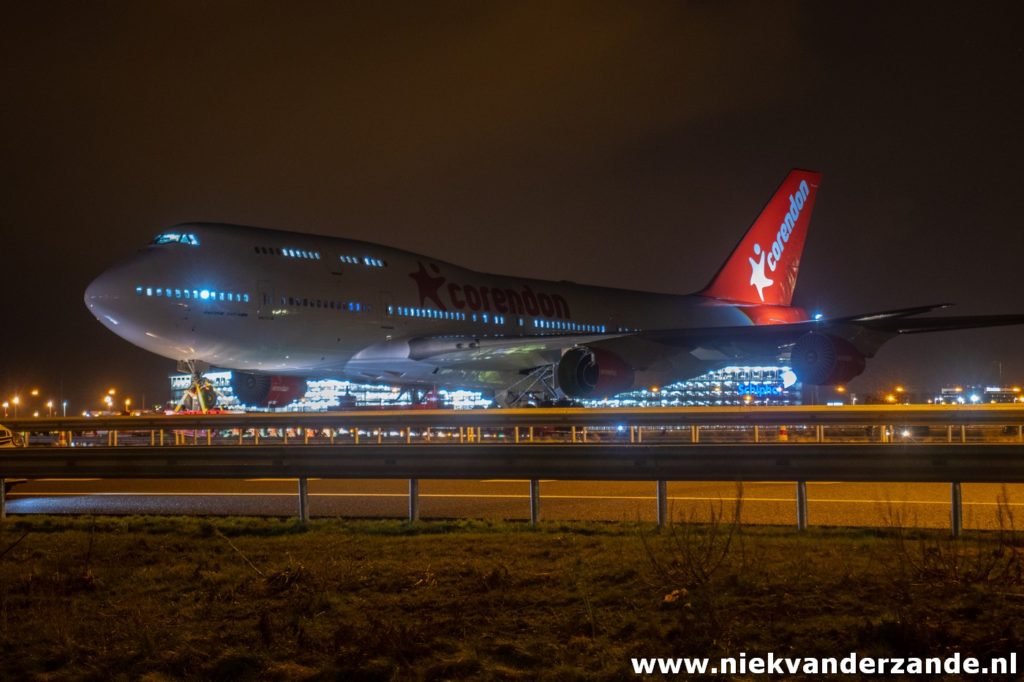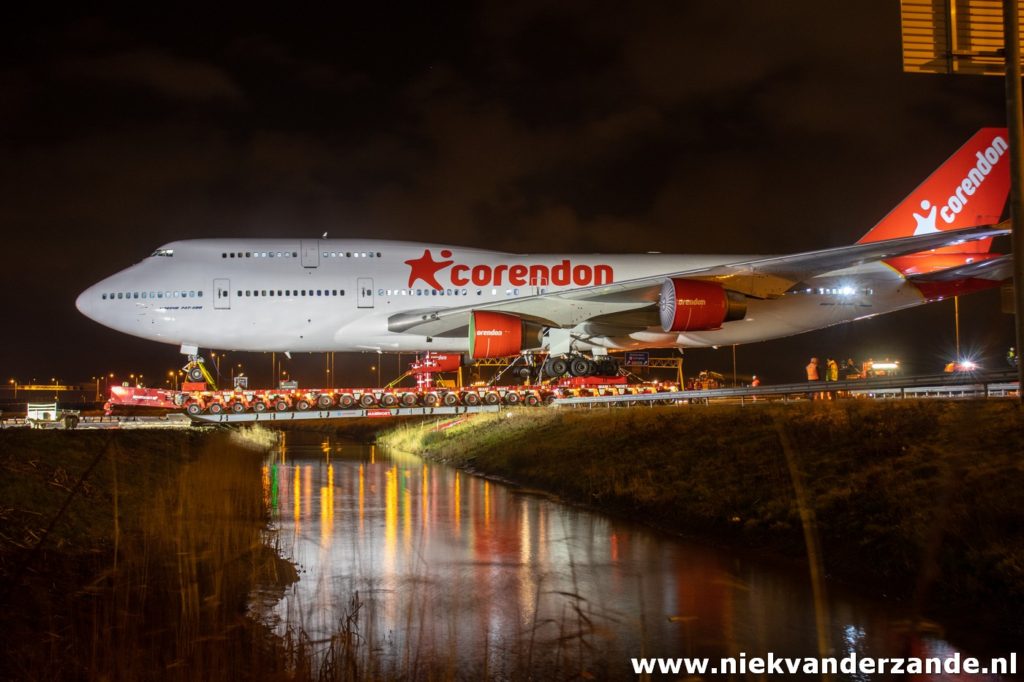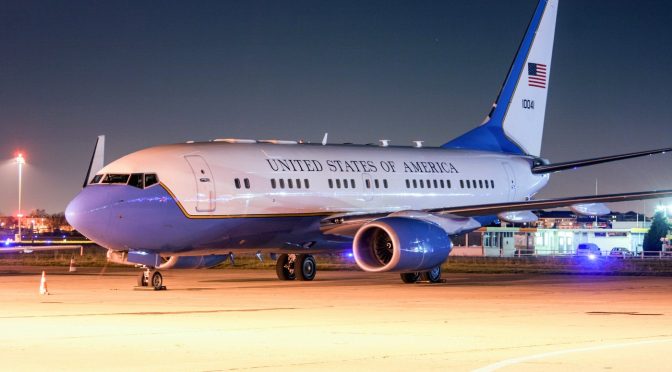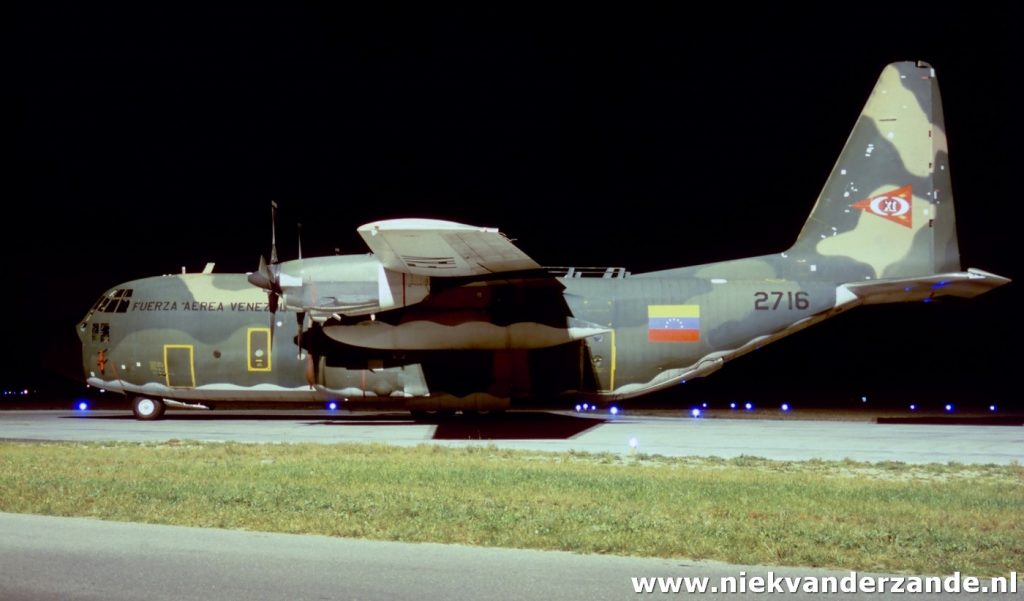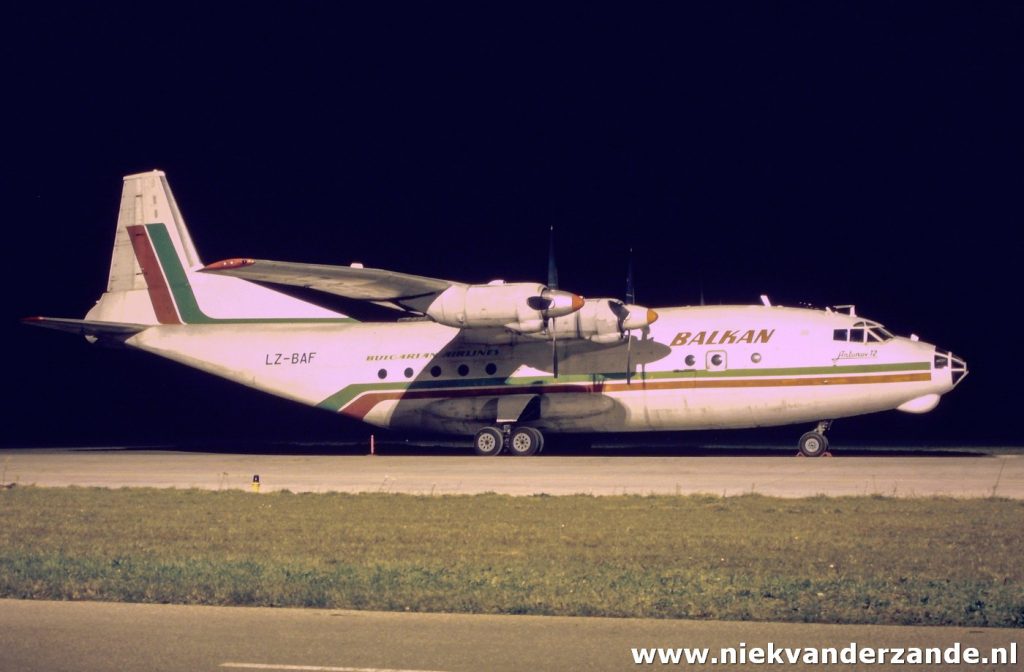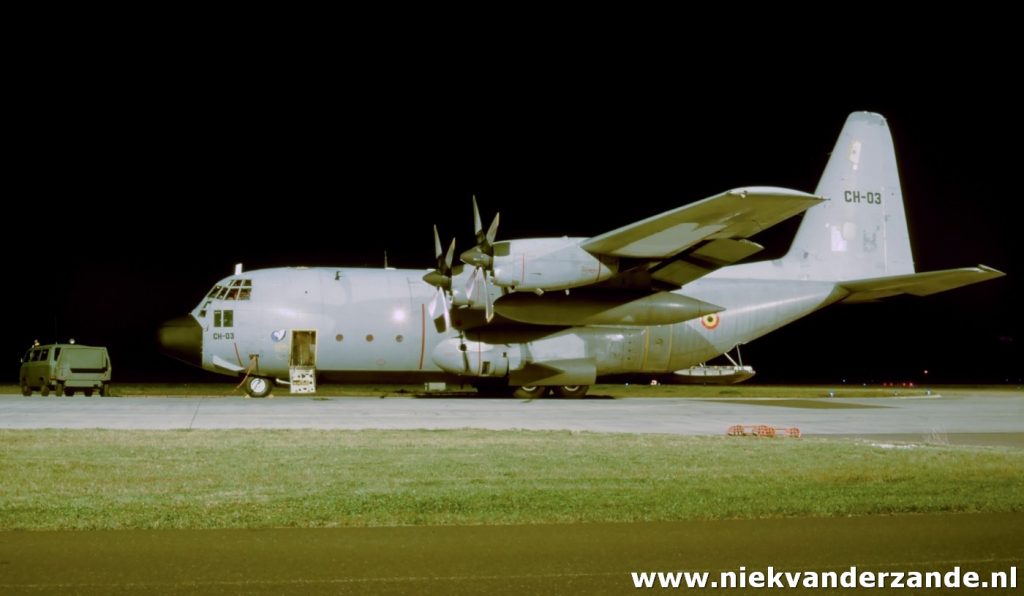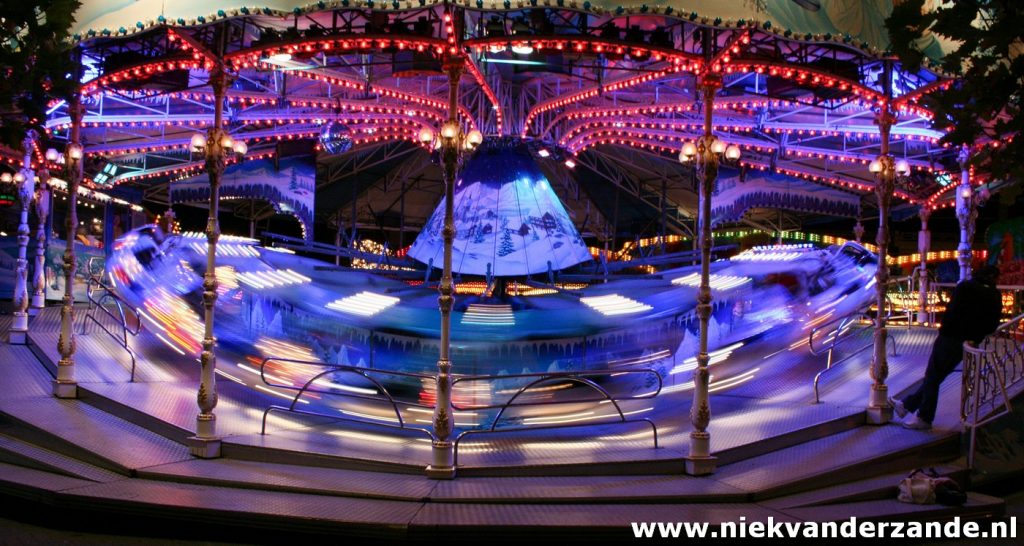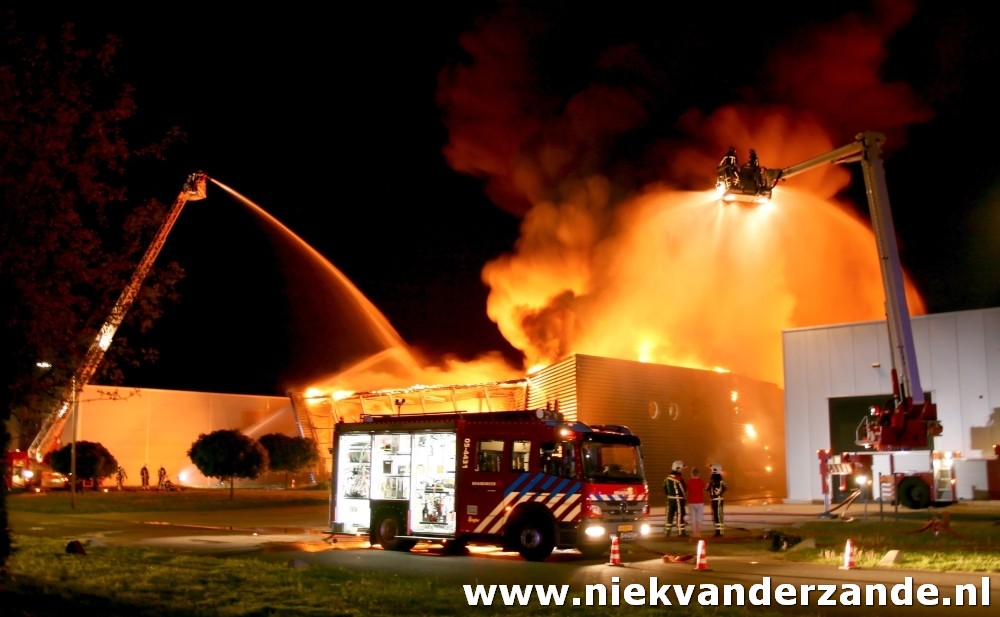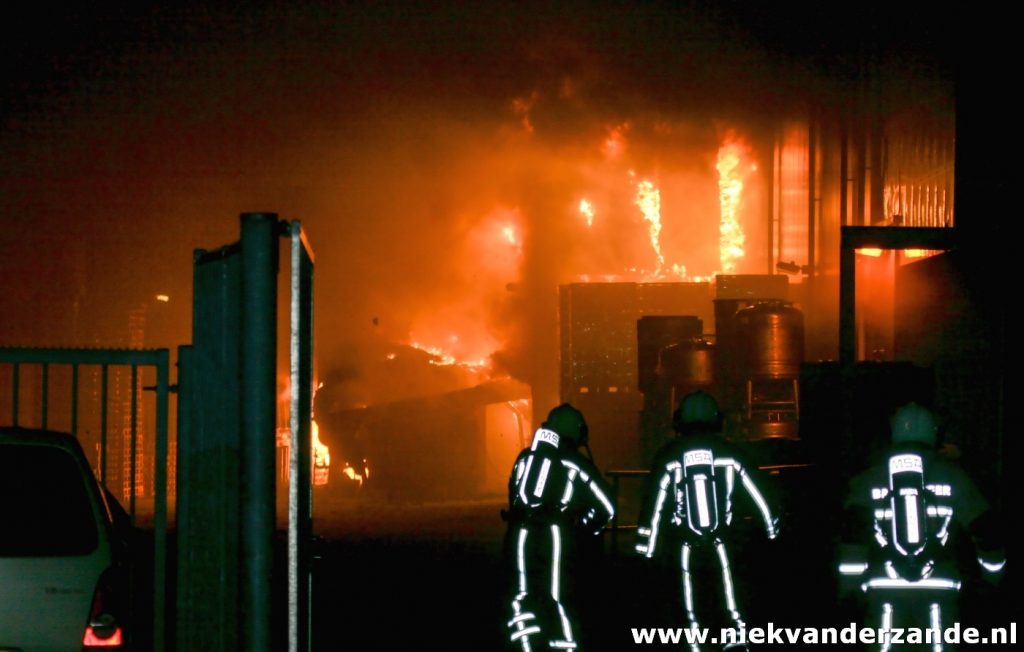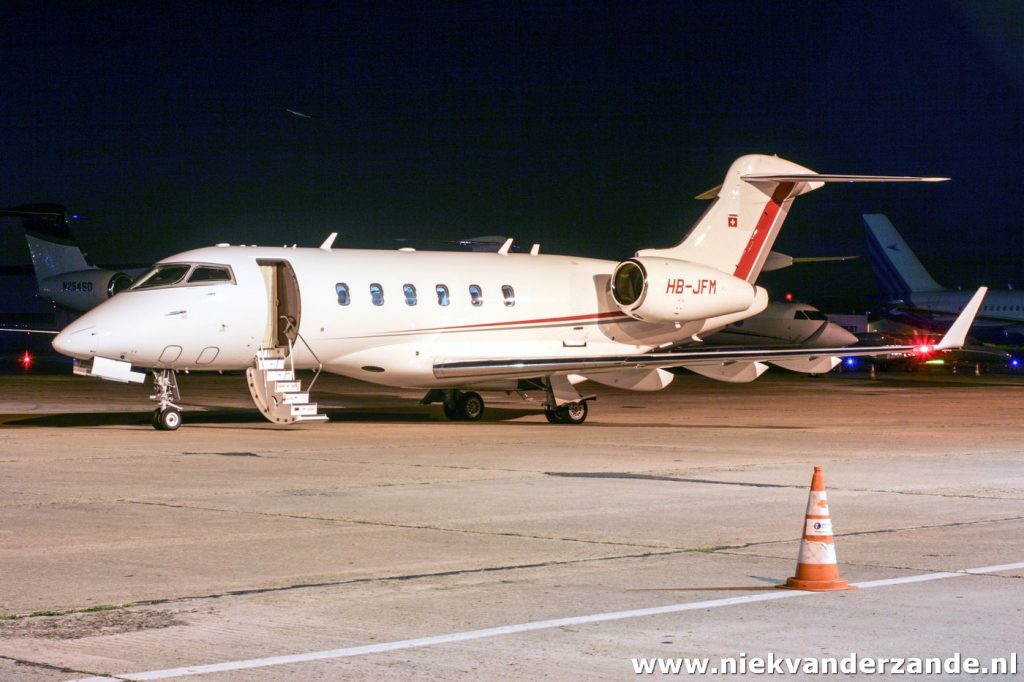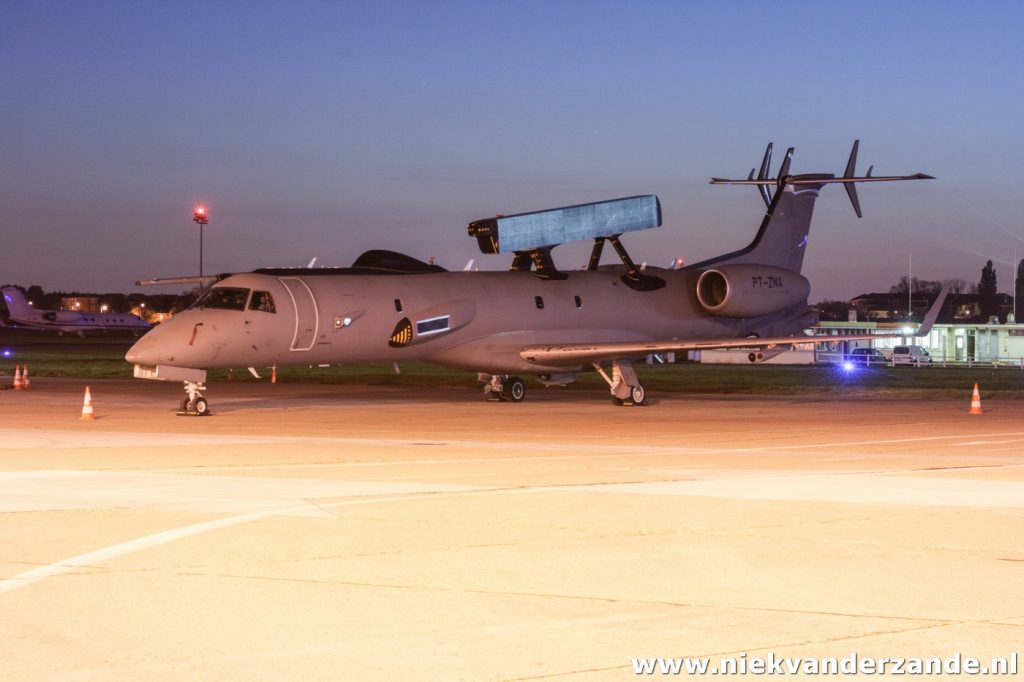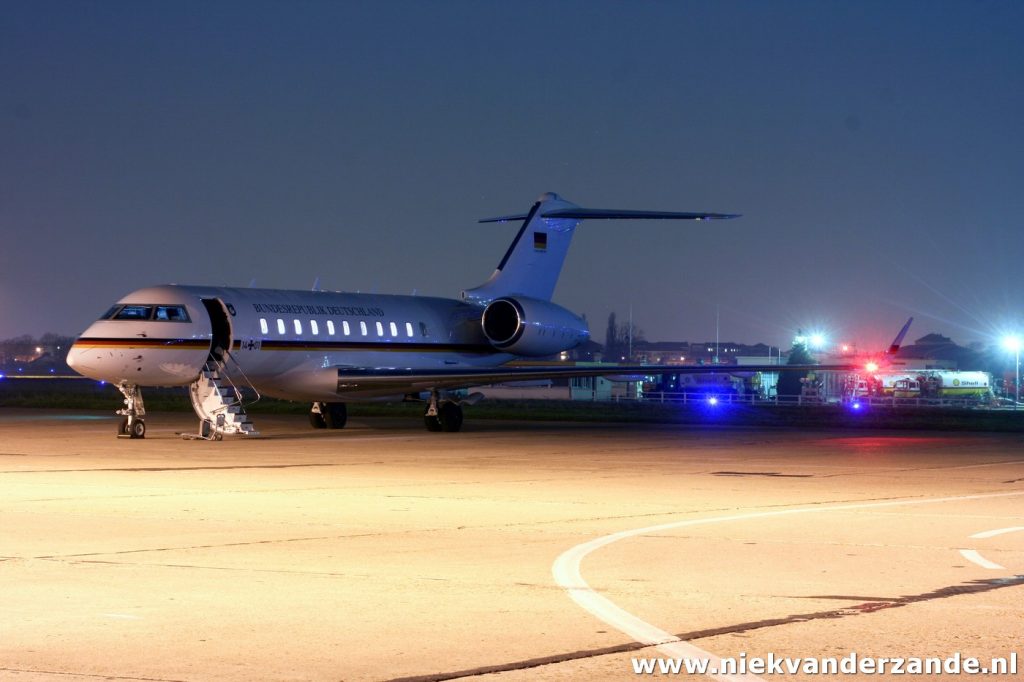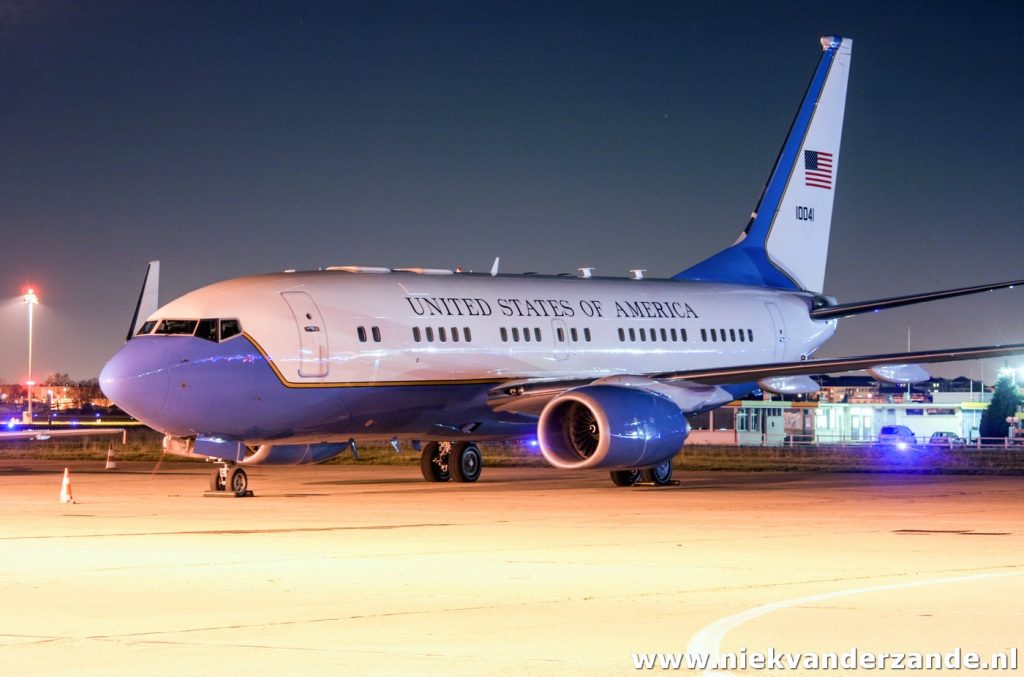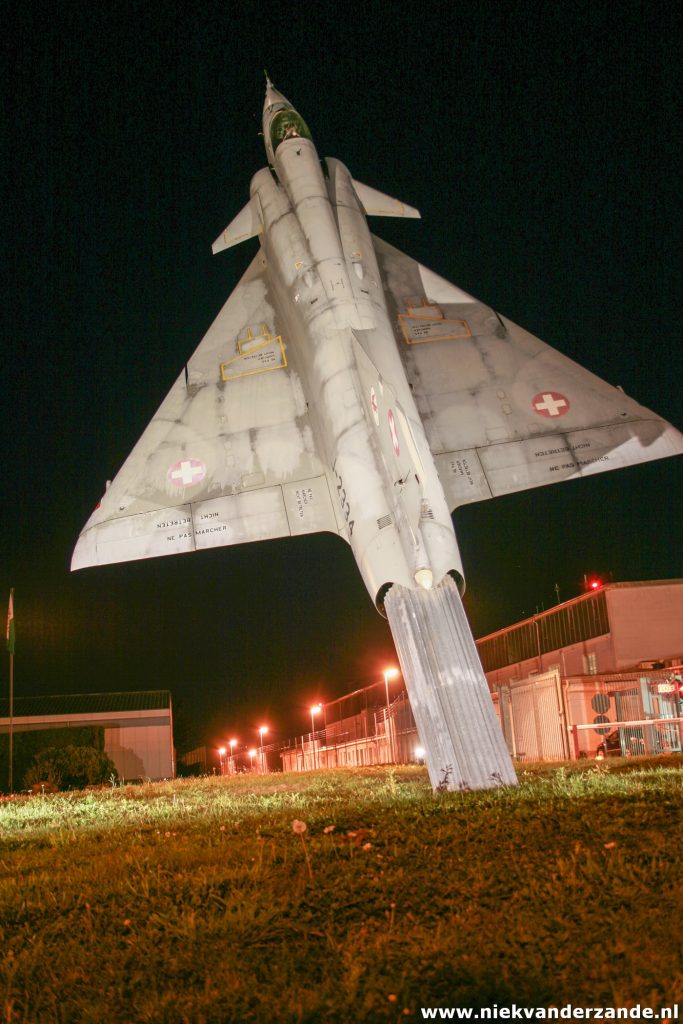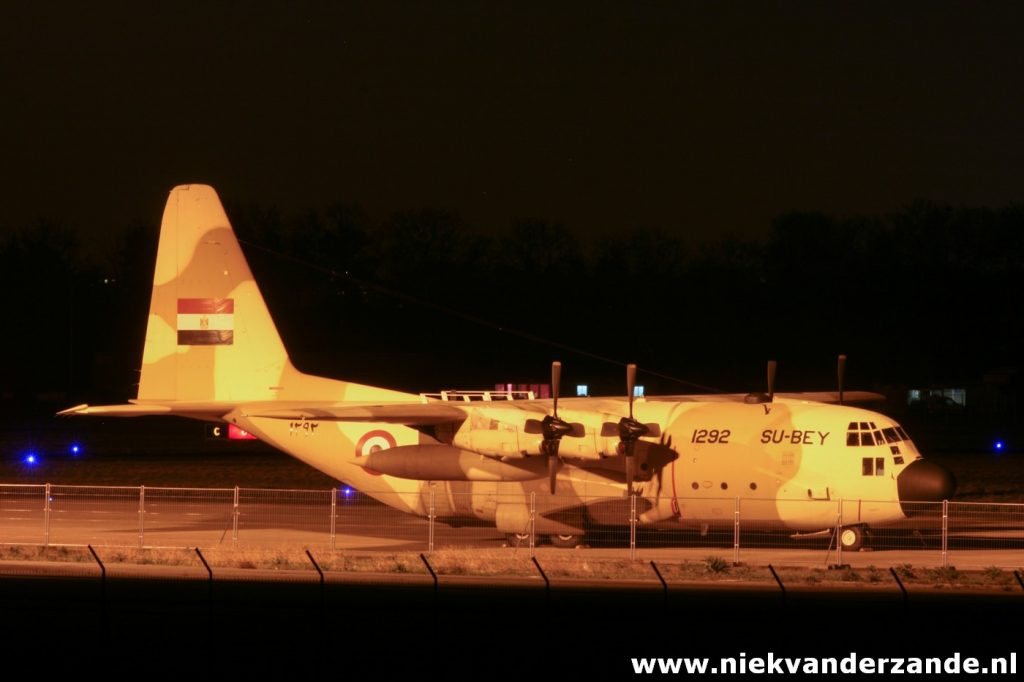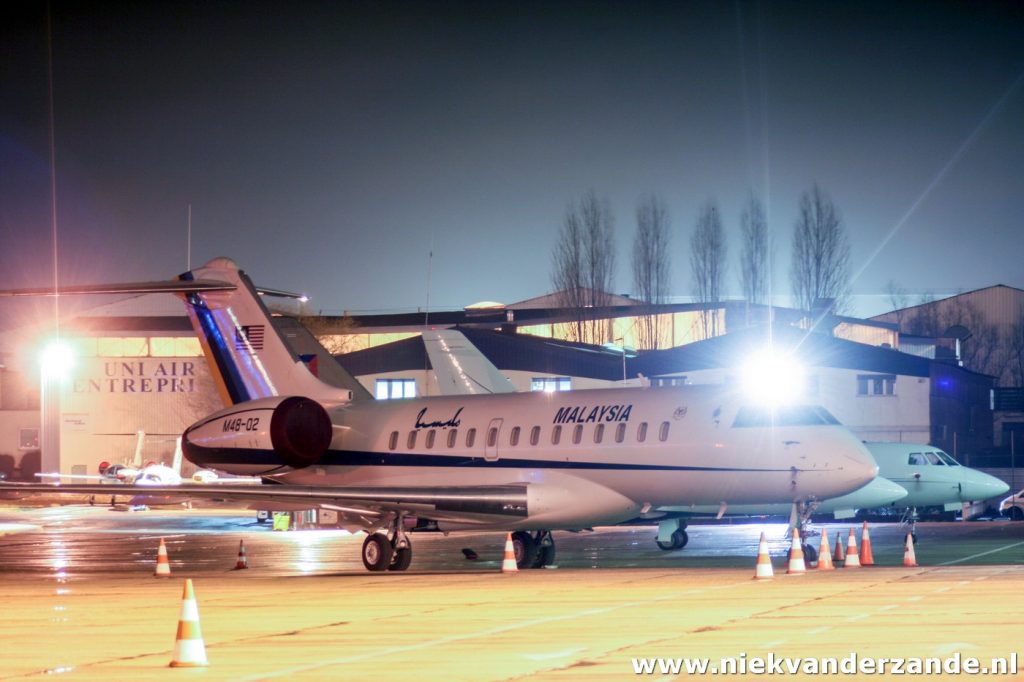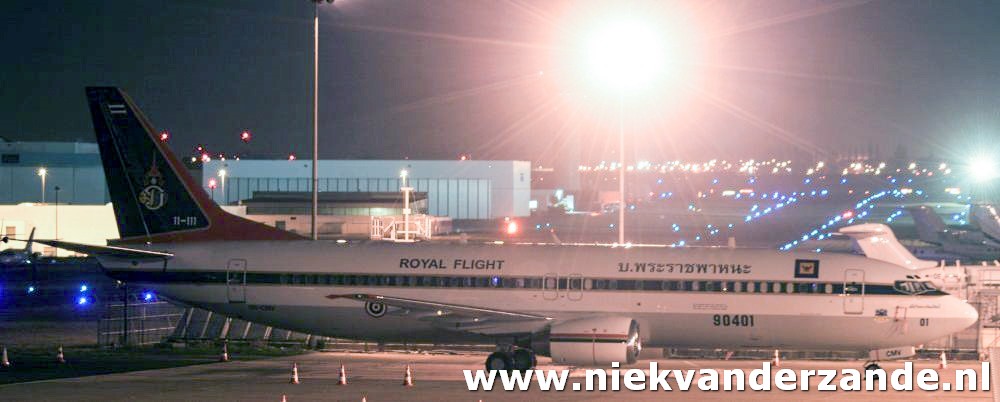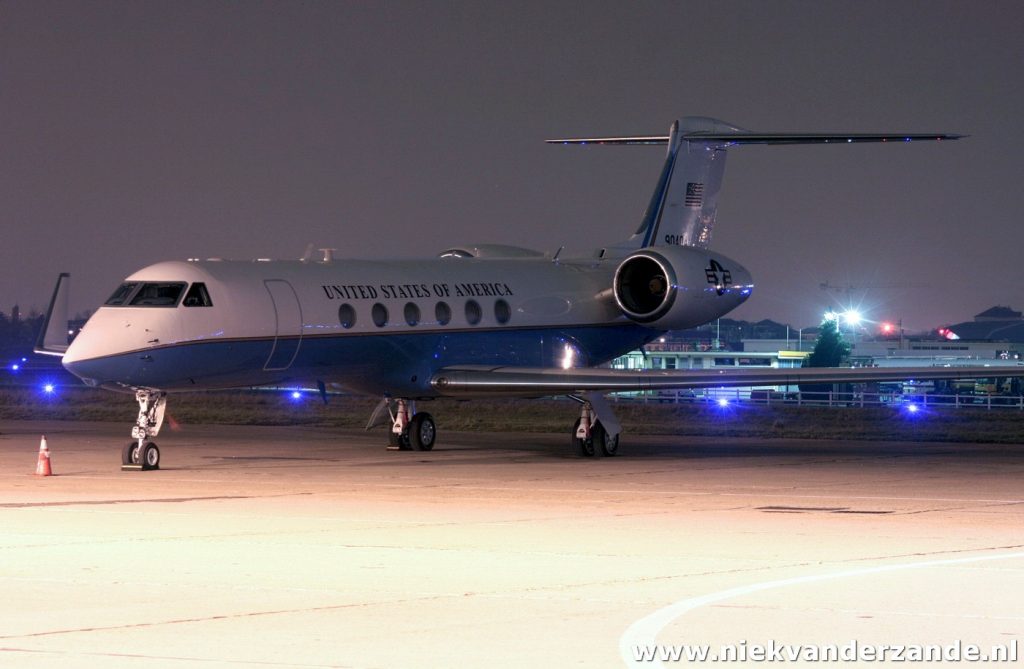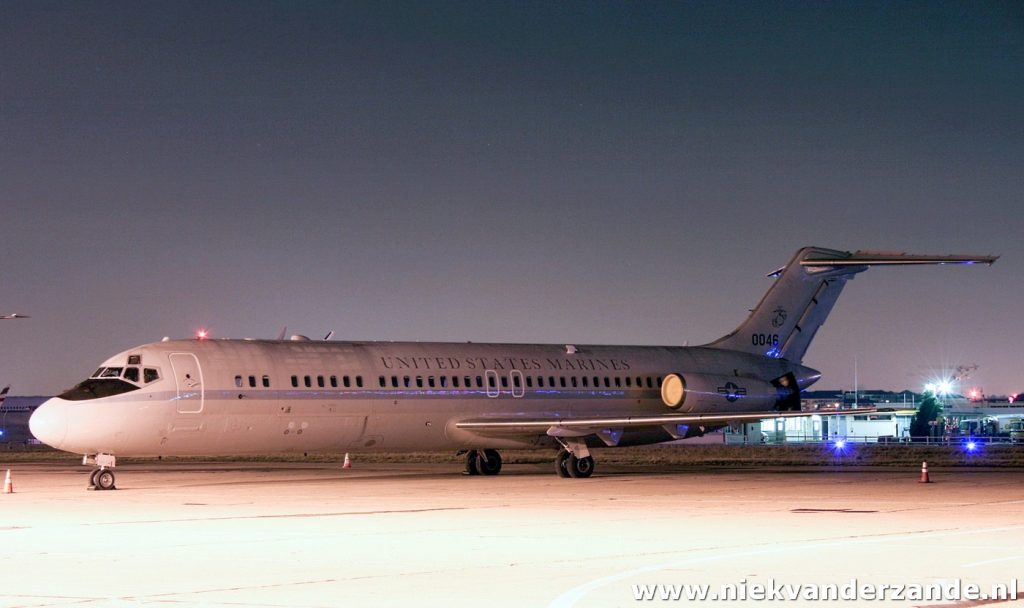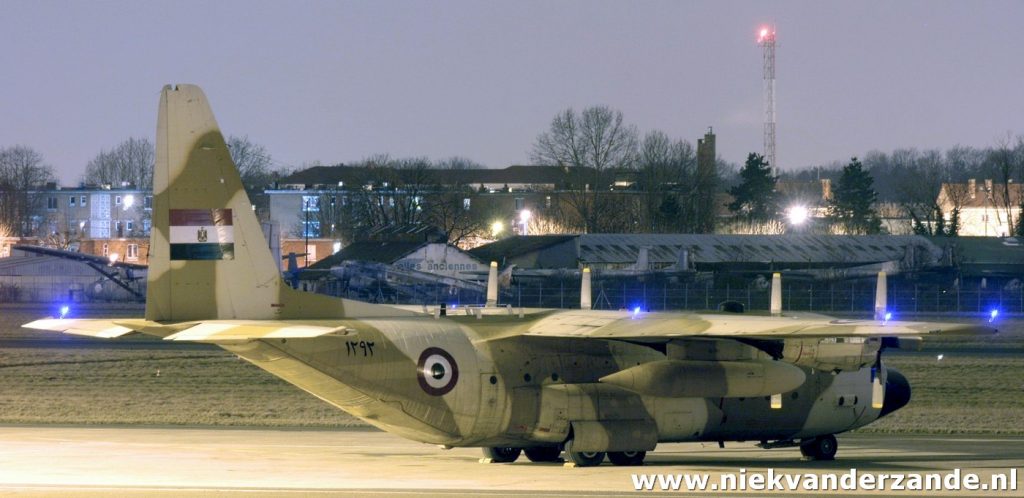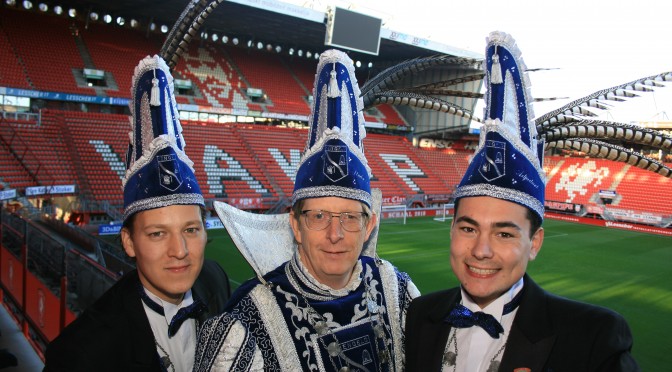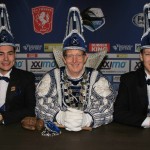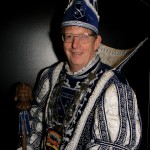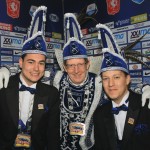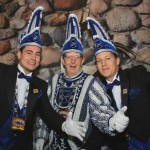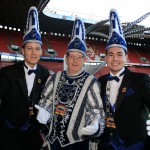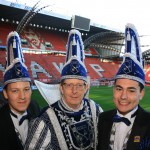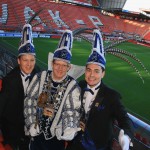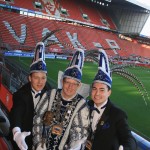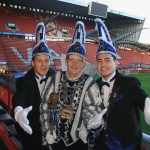Located in the former Caproni area (next to the Volandia museum) at Milan Malpensa Airport and named after VQA pilot Dr Alberto Addeo, the 2° Reparto Volo Polizia di Stato was the second in order of opening of the eleven Reparto Volos (initially equipped with Agusta Bell 47J helicopters) that have been deployed throughout Italy since 1971 when the Servizio Area della Polizia was created.
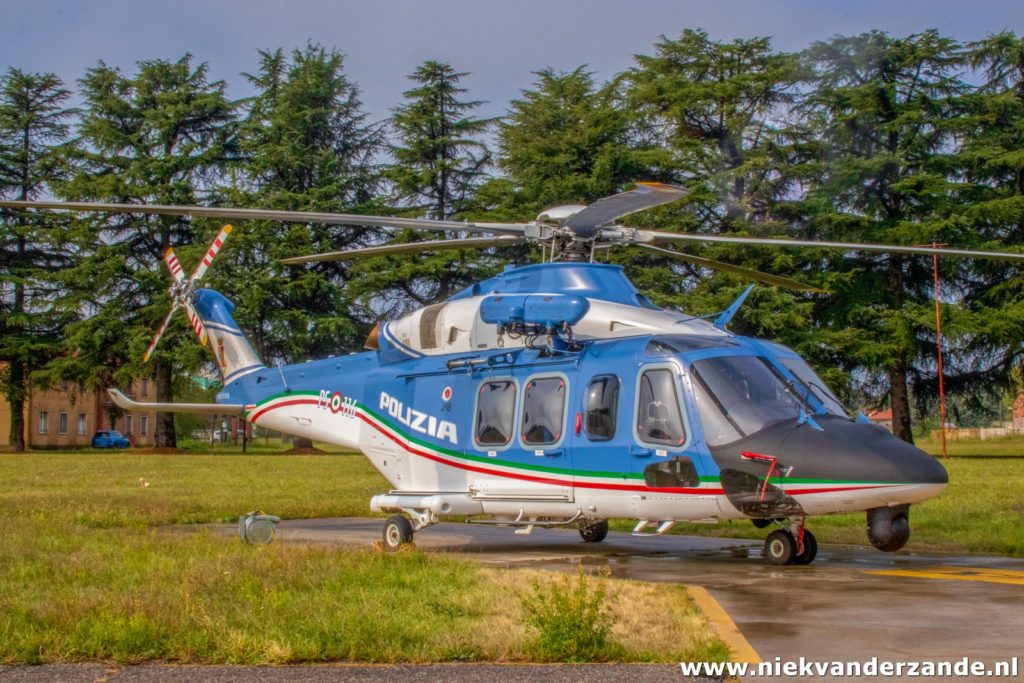
The service was established on an “informal” level in 1956, when the Traffic Police Corps took over the coordination and planning of rescue operations during the wave of bad weather that hit central and southern Italy.
In 1959, the Milan Traffic Police experimented with the use of helicopters in coordination with ground patrols, an activity that, given the brilliant results, led the Corps Inspectorate to establish its own air service; on 9 October 1963, the Rome and Milan Traffic Police Departments established the first public safety helicopter divisions.
On 5 November 1963, the Milan Helicopter Department proposed to the General Directorate of Public Security that a white identification number be affixed to the roof of cars to facilitate identification from above; the proposal was accepted and subsequently taken as a model by the other police departments.
The establishment of the air service made it necessary to train specialised personnel at air force schools.
On 1 January 1971, a ministerial decree created the Air Service for Public Safety, to which was added the 1° Gruppo Volo at the Pratica di Mare military airfield.
On 20 July 1972 the Helicopter Section was inaugurated at Milan Malpensa, which was upgraded to a Gruppo Volo on 1 January 1973.
There are currently 11 Flight Departments in Italy with a staff of about 800, including pilots and specialists, 60 helicopters and 19 aircraft, which are hierarchically dependent on the 2nd Division of the Central Directorate of General Affairs of the State Police, Special Departments Service.
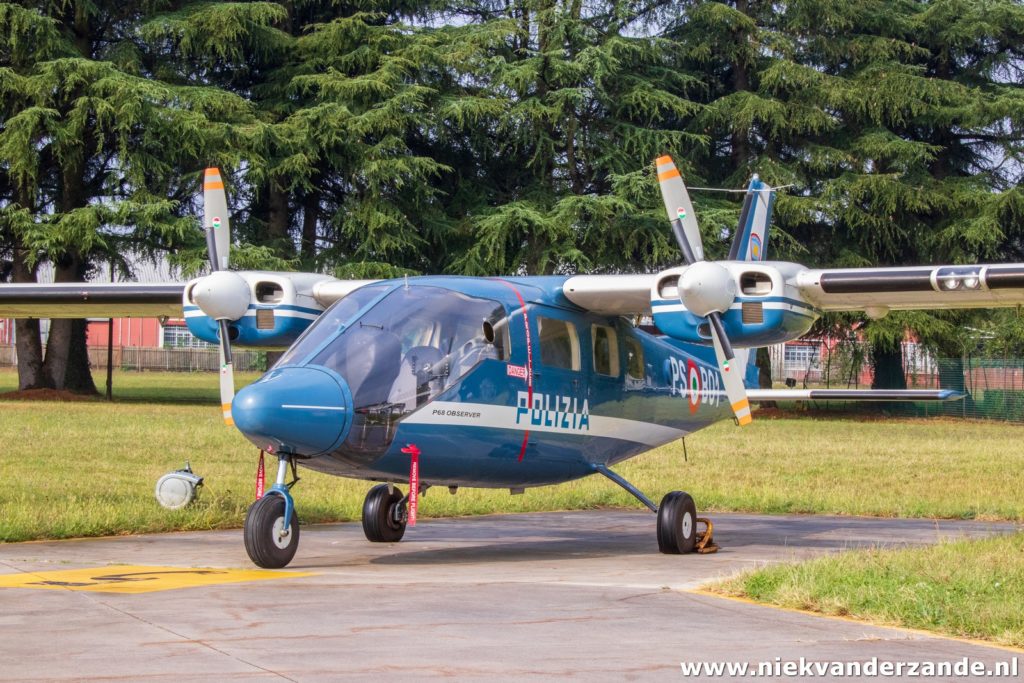
Tasks and Activities
Aerial surveillance makes it possible to locate and bypass potential sources of danger, as aircraft and helicopters are equipped with cameras (even two) connected to a control room that can mix the signals and transmit them to the relevant police headquarters.
Of fundamental importance is the interaction with:
– Polizia di Frontiera against smuggling/illegal immigration/terrorism;
– Polizia Stradale/Ferroviaria/Postale/Scientifica to ensure security in the area of competence.
There are also collaborations with:
– Sharpshooters and dog handlers (both units are located in the immediate vicinity of the Flight Department);
– Crime Prevention Units;
– UOPI (Operational Ready Intervention Units), recently created to combat terrorism;
– Air Force and Civil Defence, in search and rescue operations;
– Centro Nazionale Soccorso Alpino e Speleologico (CNSAS) (National Centre for Alpine and Speleological Rescue), with which the police have an agreement.
Aircraft in use with the 2° Reparto Volo Polizia di Stato
AB.212
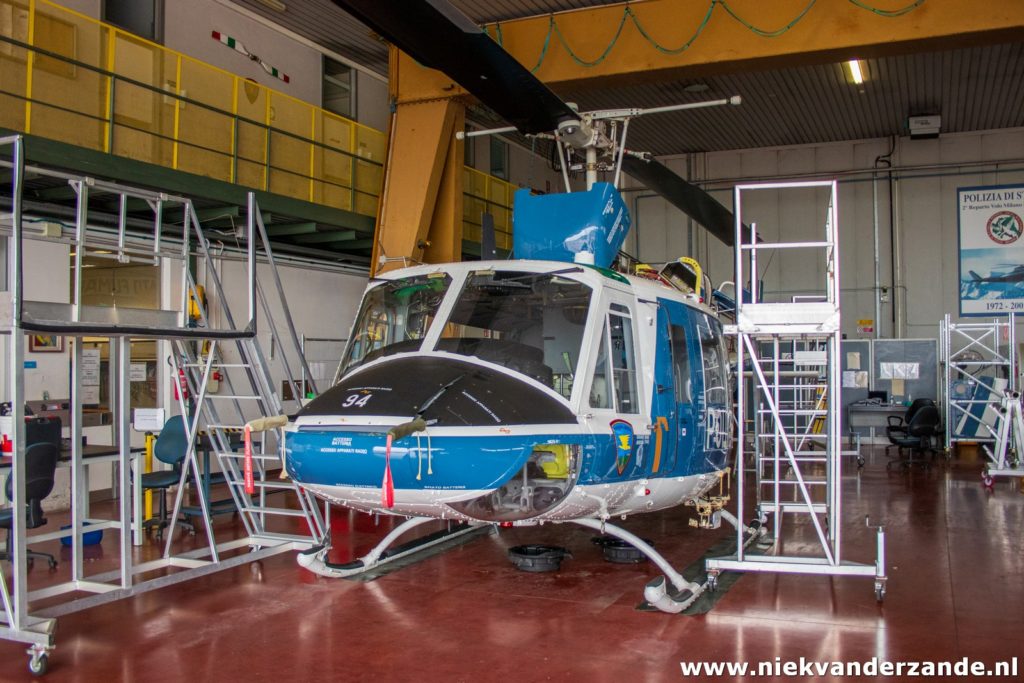
The AB.212 helicopter was produced by Agusta, under licence from Bell, with double turbine and rotor with two blades, in use by the Polizia di Stato since 1976, it can carry up to 15 people at a maximum speed of 240 Km/h, with a range of 2h and 40 minutes. Extremely versatile and able to fly at night, it has been used by the 2° Reparto Volo Polizia di Stato since 1997.
P.68 Obs II
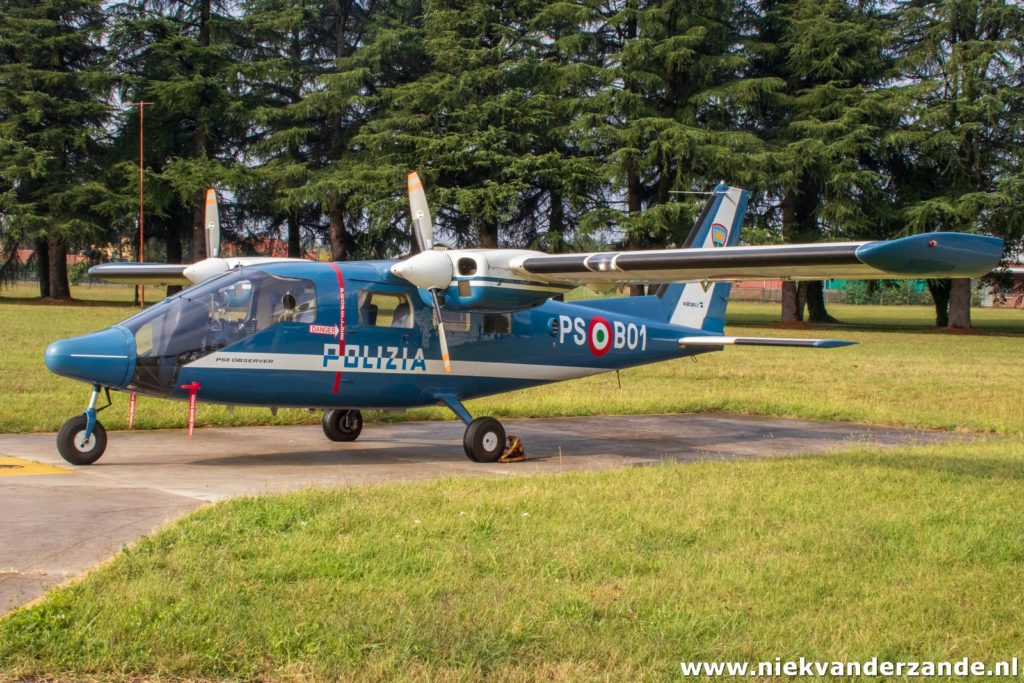
The P.68 aircraft built by Partenavia VulcanAir has great versatility and manoeuvrability. It is particularly suitable for the control of highways and can carry up to 4 persons at a maximum speed of 270 km/h with a range of 4 hours. It has been used by the 2° Reparto Volo since 1987. With the 2° RV, the P.68 is also widely used for organ transports.
UH-139A
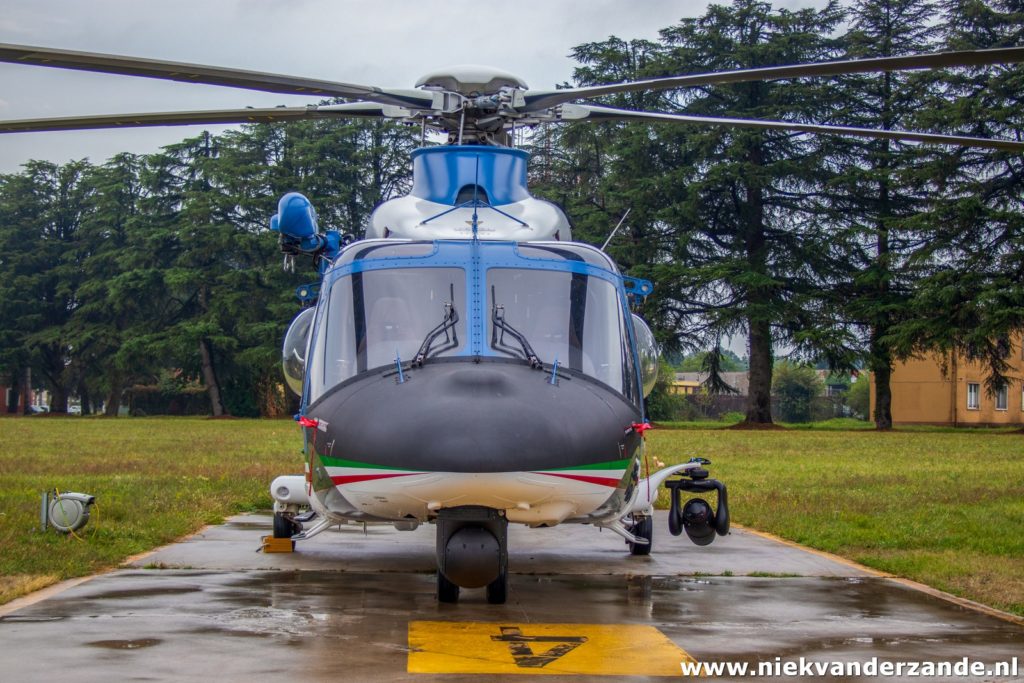
The newest type at the 2° Reparto Volo is the Leonardo UH-139 (AW139). The AW139 of the Italian police, called UH-139, includes a HD FLIR of the latest generation, a satellite communication system, a searchlight, a rescue hoist, a cabin console for missions and a HD video downlink.
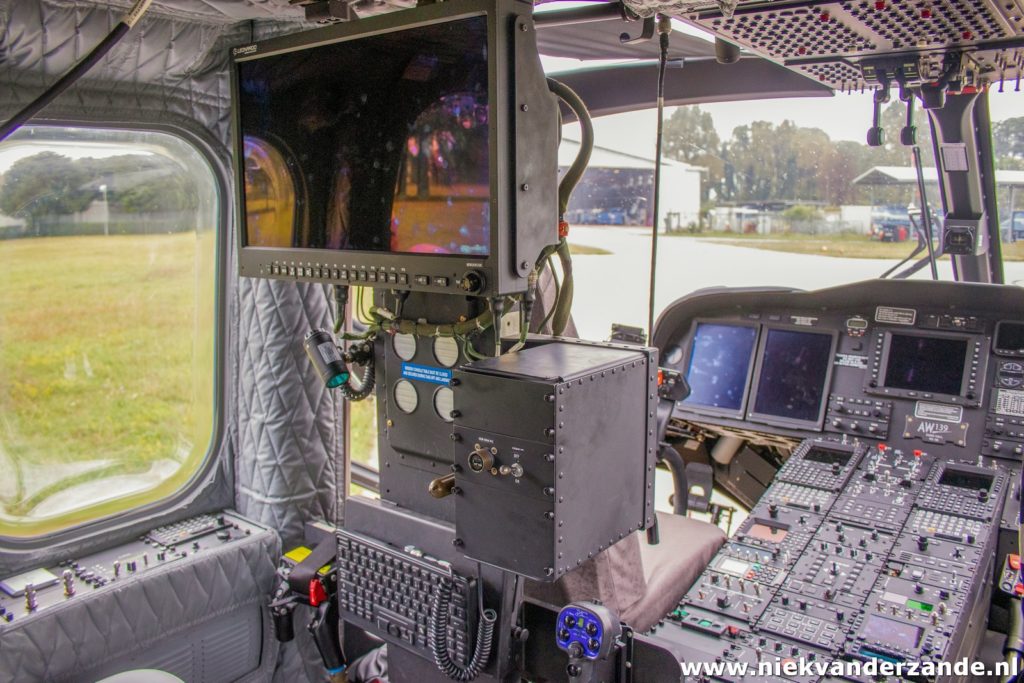
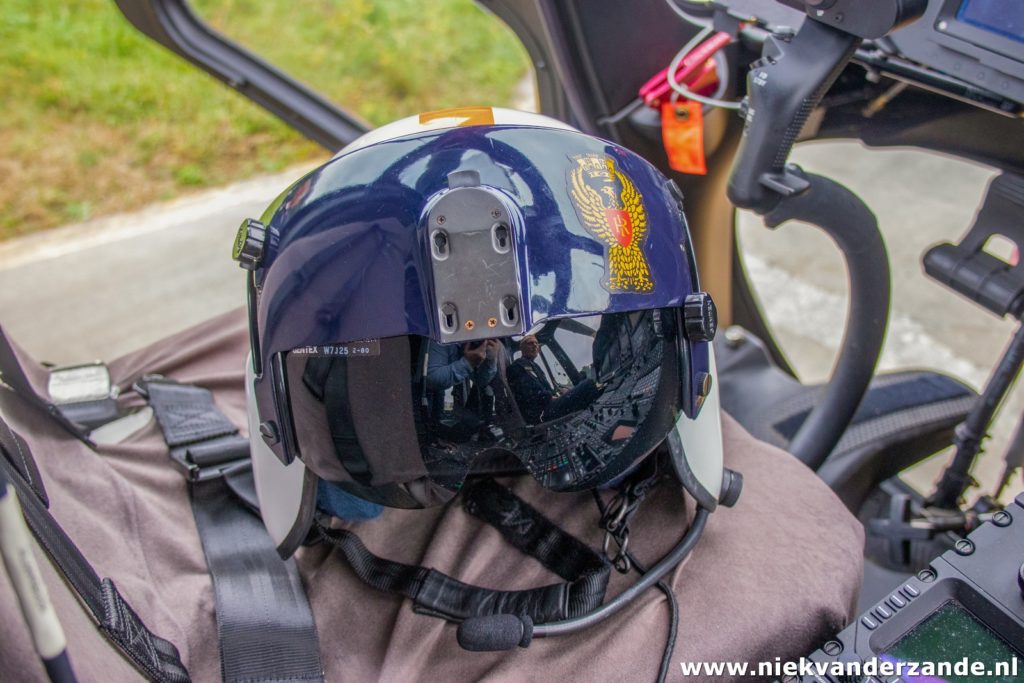
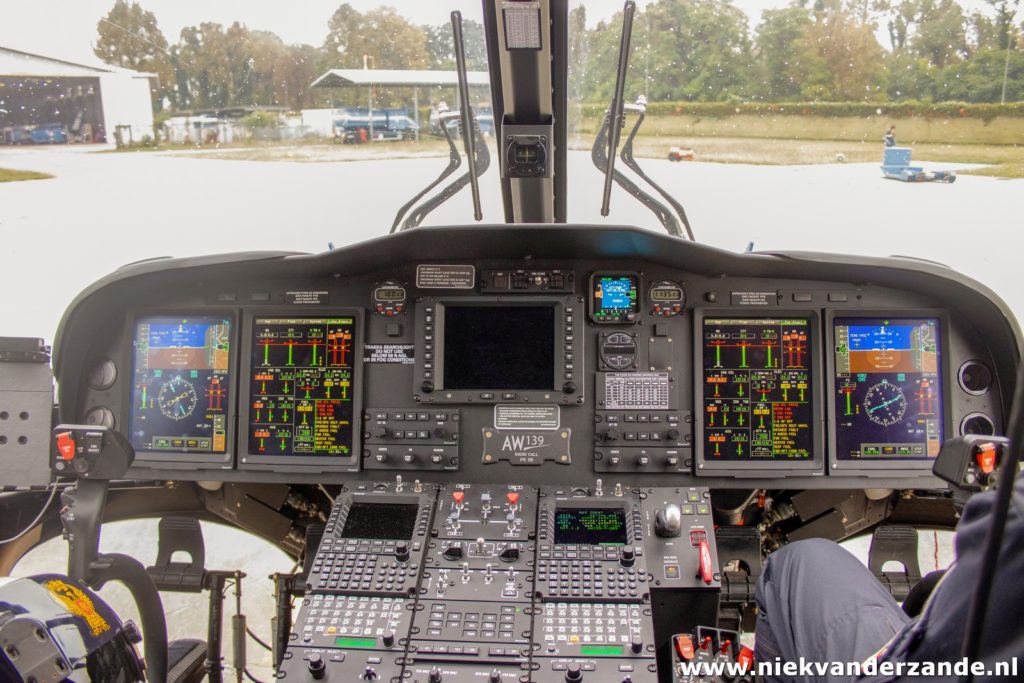
Staffing
The staff of the 2° Reparto Volo Polizia di Stato consists of highly qualified men, divided into pilots and specialists.
In order to enter the air service, personnel who meet the psycho-physical requirements must undergo highly selective training and
– obtain a helicopter pilot’s licence at the 72° Stormo of the Italian Air Force in Frosinone;
– obtain the fixed-wing pilot’s licence at the 70° Stormo of the Italian Air Force in Latina.
Since 2013, courses have also been held at the PS Training and Flight Standardisation Centre (CASV), located in Pratica di Mare, where pilots transfer to AB-206s or P-68s and can therefore be deployed as soon as they arrive at their destination department; currently this is only possible after attending the CASV courses.
Specialists obtain their qualification at the school for non-commissioned officers of the air force in Caserta.
The 2° Reparto Volo Polizia di Stato employs 60 people, divided into three departments:
– OASV Flight Operations consists, apart from the commander, of seventeen pilots, of which ten are helicopter pilots and seven are aircraft pilots.
– The “Fixed Flight Crew” (specialists) consists of twenty-five people who are not only part of the aircraft crews, but are also in charge of aircraft maintenance.
– General Affairs, consists of twenty-six officials in charge of bureaucratic tasks and infrastructure supervision.

